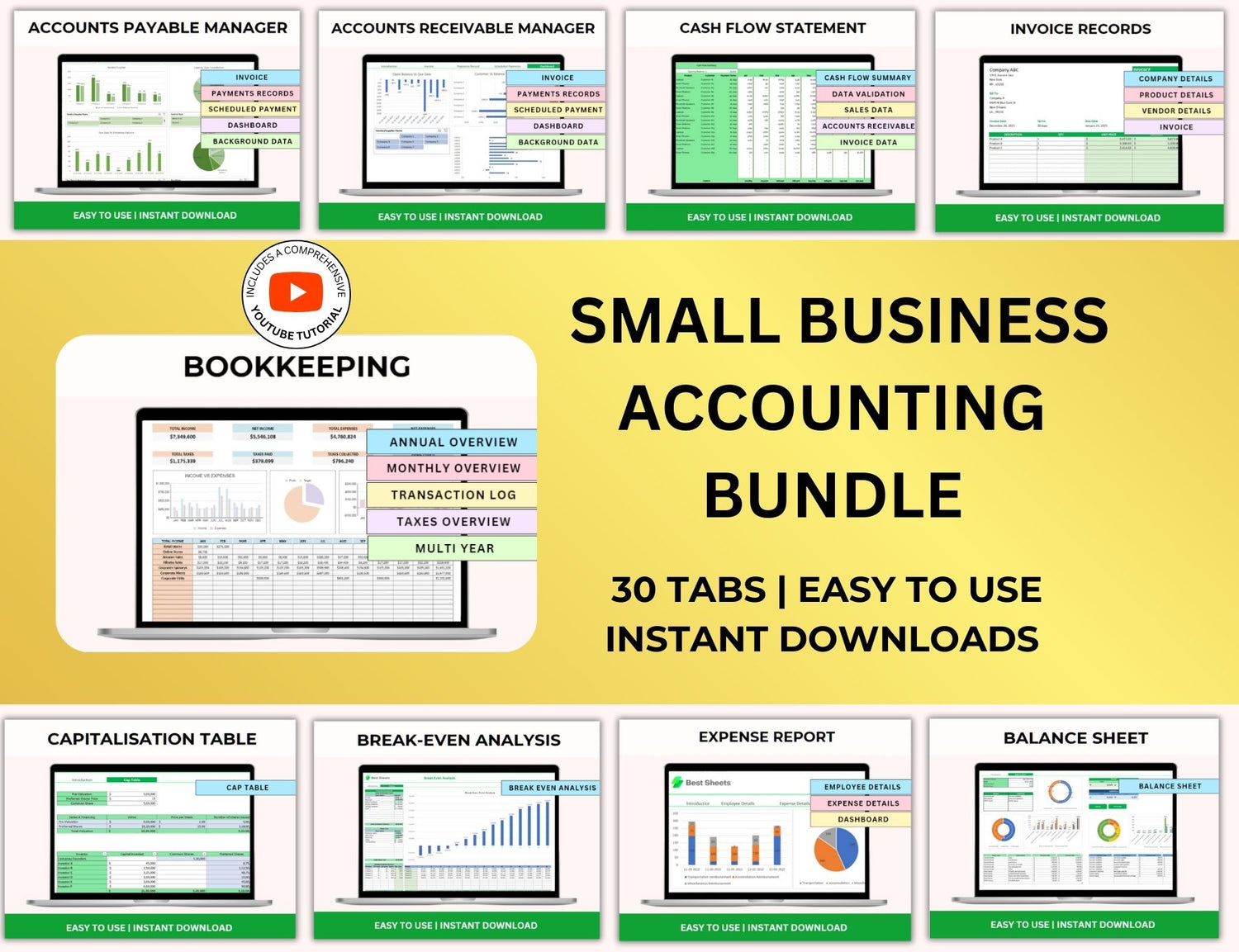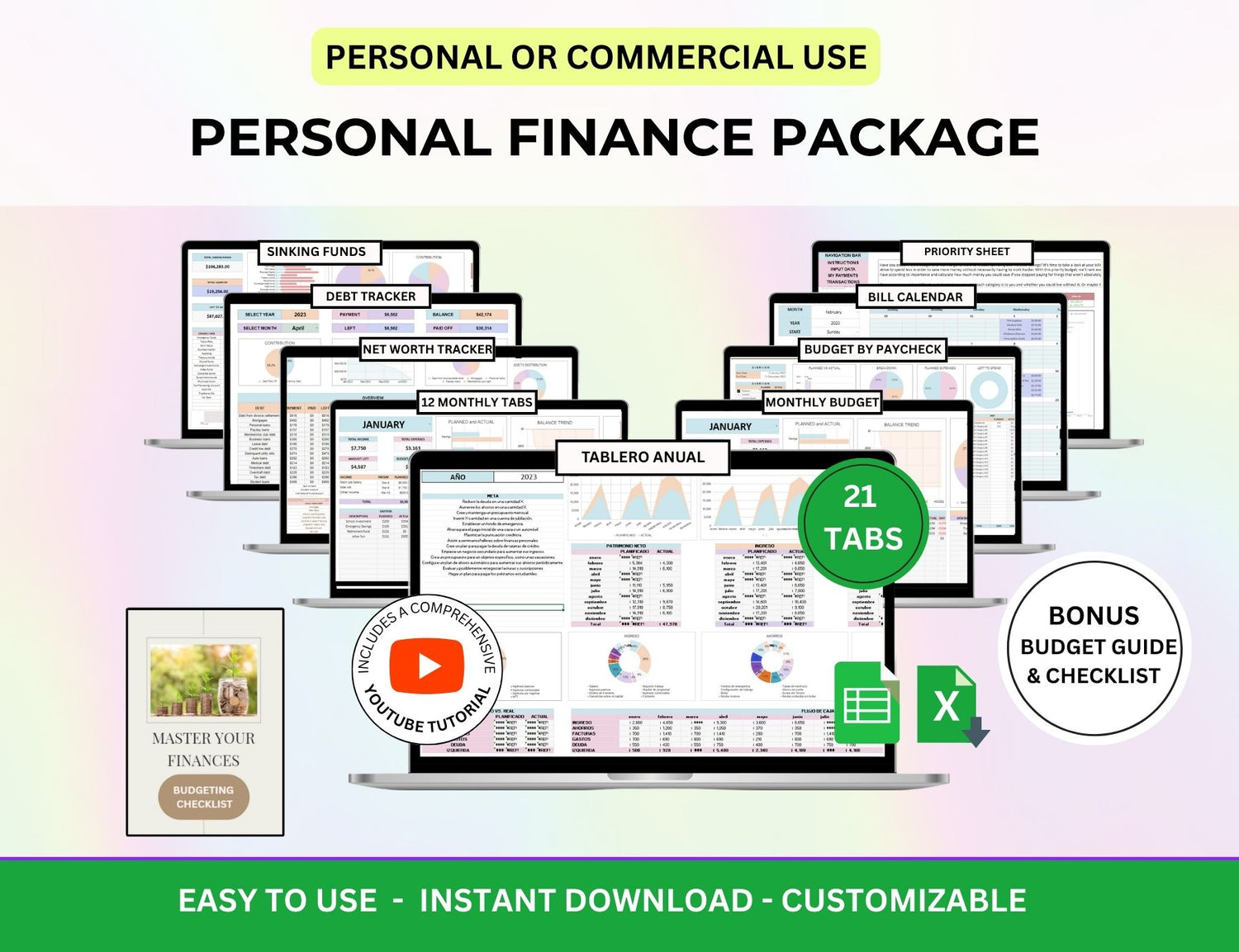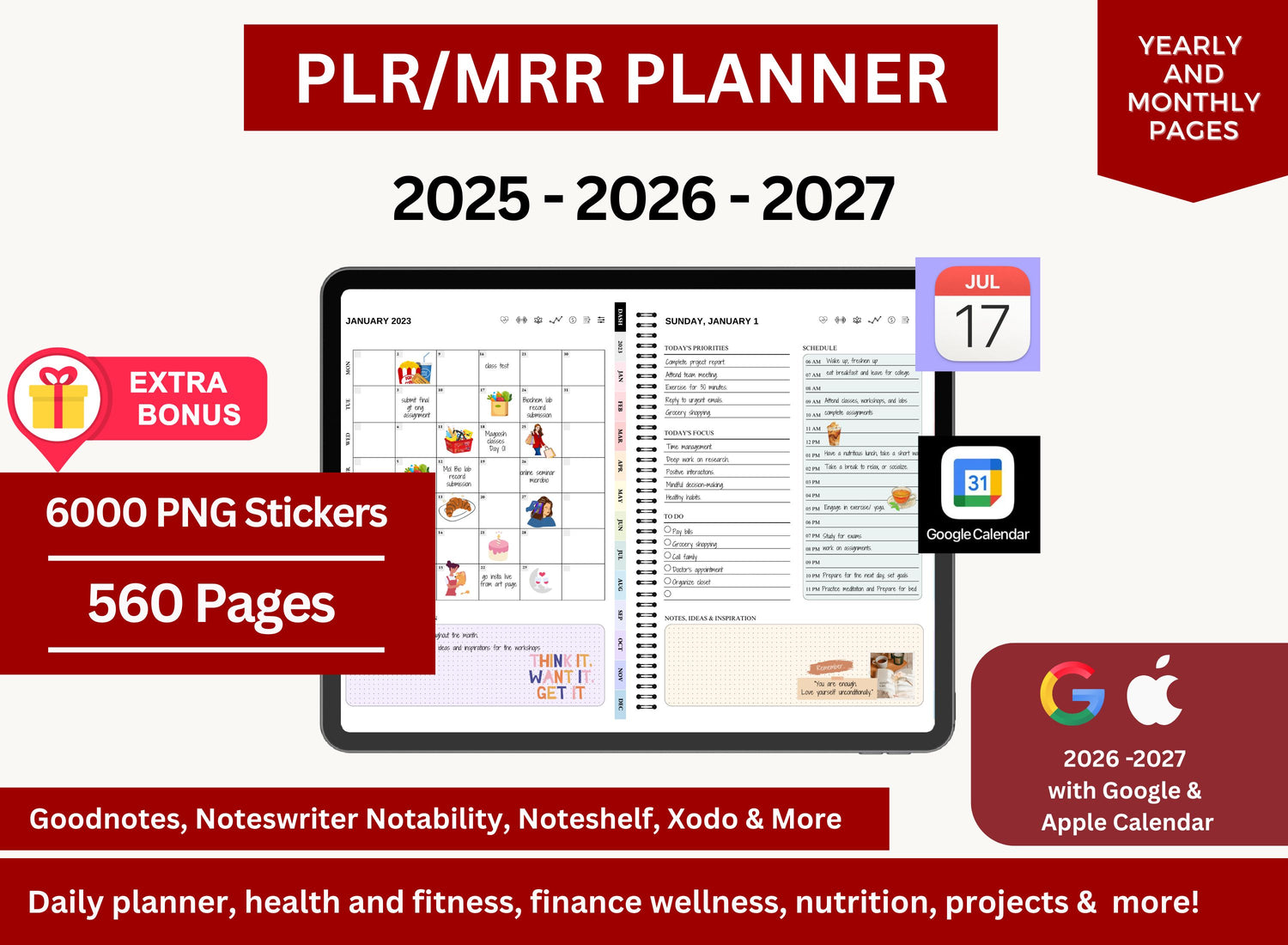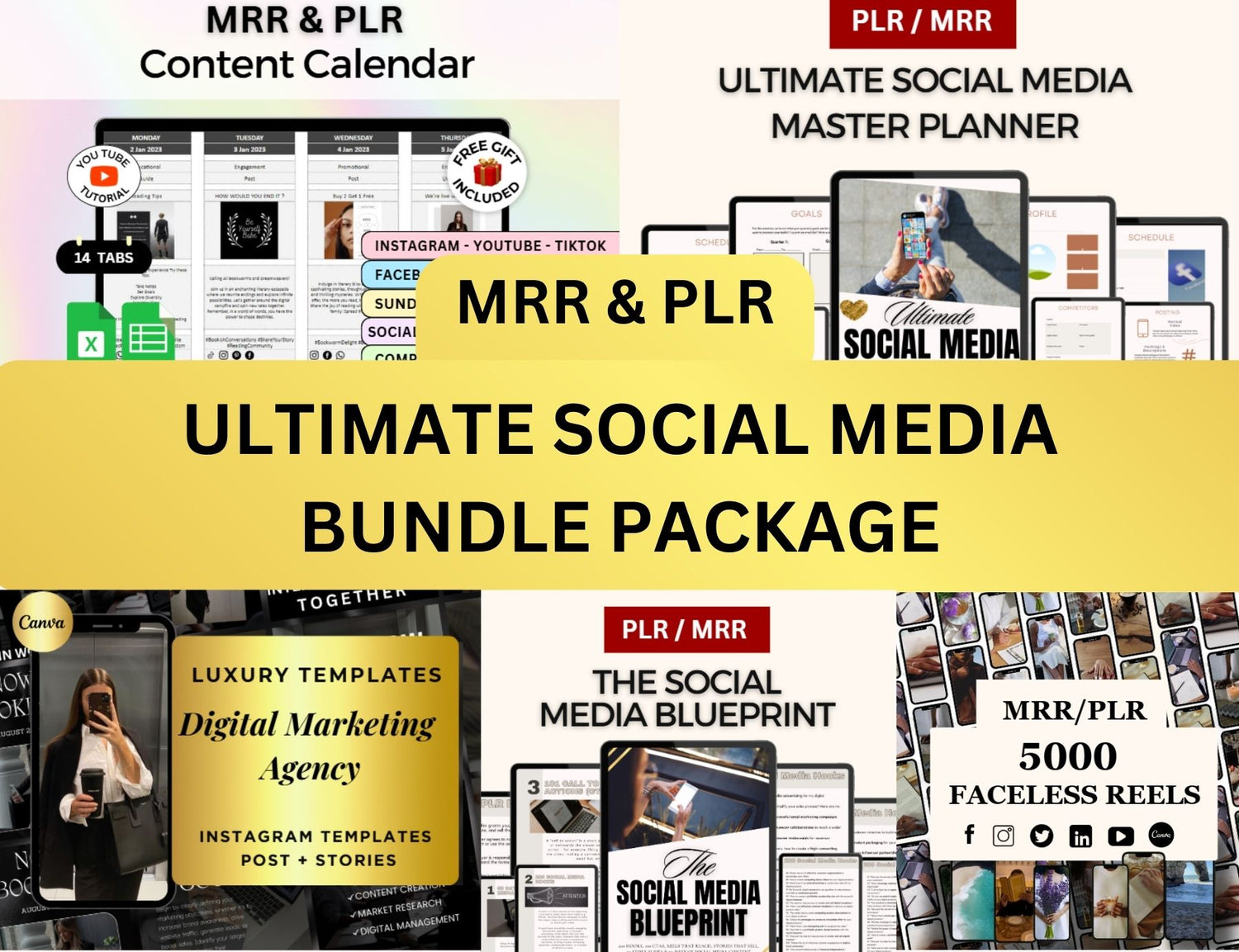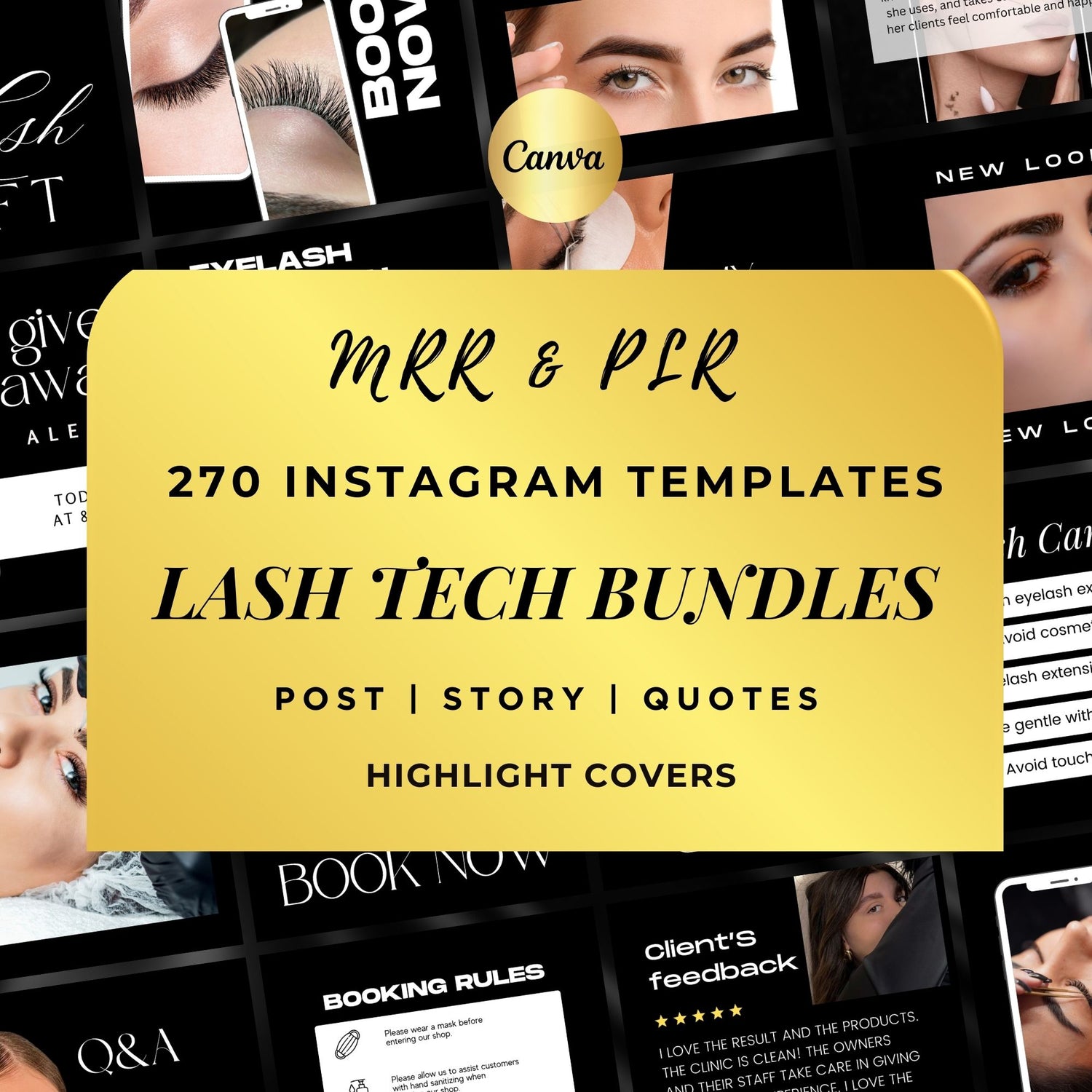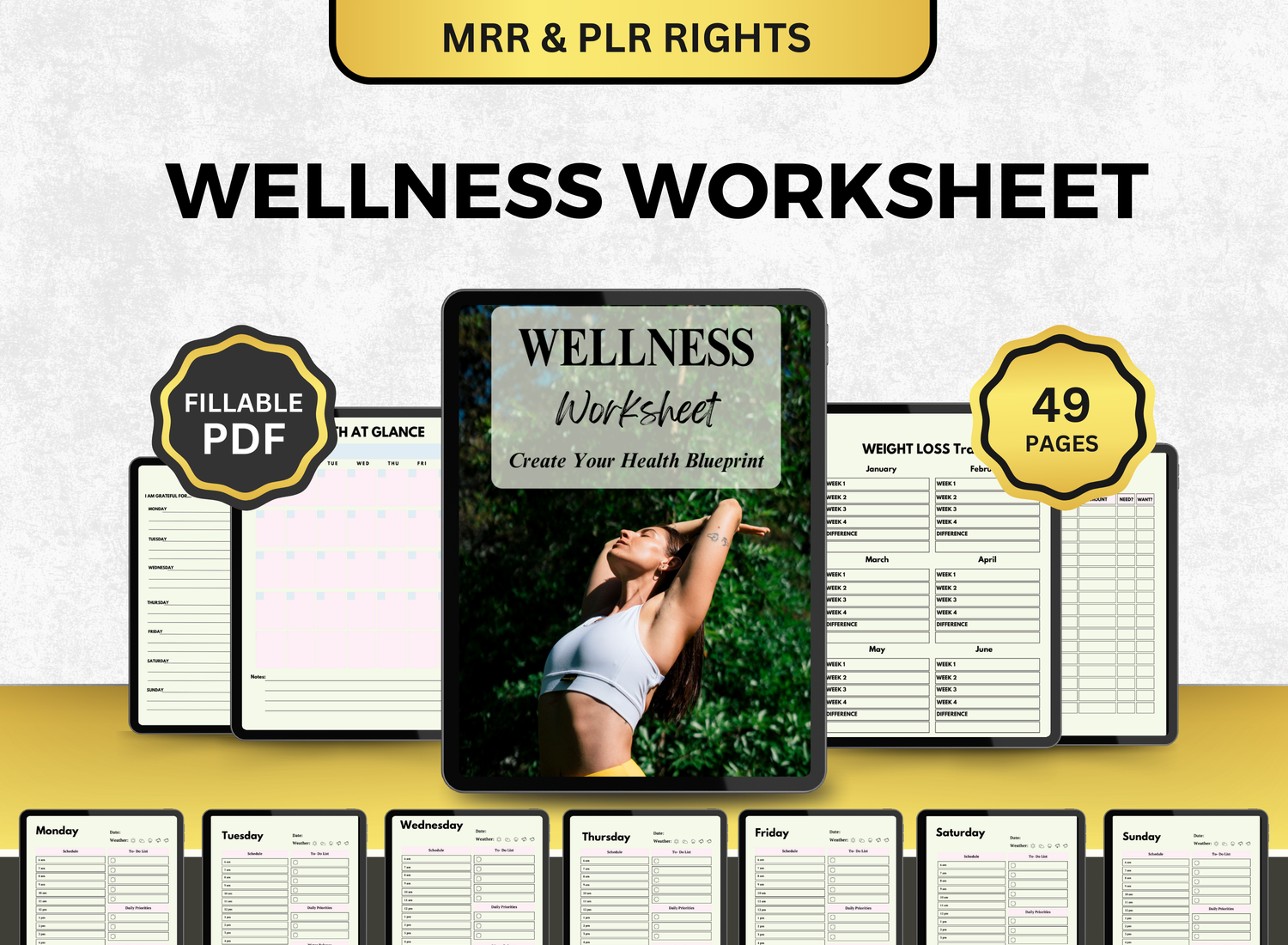Master Resell Rights vs Private Label Rights: What’s Better for Digital Dropshipping in 2025?
If you’ve been lurking in the world of online income lately, chances are you’ve come across both Master Resell Rights (MRR) and Private Label Rights (PLR). Maybe on YouTube. Or TikTok. Or that Reddit thread you meant to read later. These terms are showing up everywhere, usually wrapped in the promise of "passive income," "digital downloads," and "make money while you sleep."
And... it sounds good. But it also sounds kind of iffy, huh? Because once you start digging, you realize it’s not just about buying a file and reposting it. There are nuances. Business models. Legal stuff. Creative stuff. So let’s talk about it honestly—the good, the weird, and the what-does-this-even-mean of MRR vs PLR in 2025.
TL;DR
The Contenders |
The Breakdown |
|---|---|
| MRR = Resell rights, no edits. | Quick cash, easy setup—but you're selling the same thing as everyone else. |
| PLR = Editable, customizable content. | More effort upfront, but lets you brand and stand out in crowded markets. |
| Which is better? | Depends on your style: Fast-flip (MRR) or creative control (PLR). Both can win. |
First, What Are We Even Talking About?
Let’s break it down quickly:
- Master Resell Rights (MRR) means you can sell a digital product and pass on the resell rights to your customer. Buyers are then allowed to resell these products. You don’t own the product. But you can sell it as-is and allow others to do the same.
- Private Label Rights (PLR) gives you more freedom. You can edit the product, put your name on it, rebrand it entirely—then sell it. Usually, you can’t pass on PLR to your buyers unless explicitly stated.
Seems simple enough. But the implications? That’s where it gets interesting.
(An example of a MRR/PLR product bundle; MRR/PLR ebooks editable planners, trackers, and journals.)
The Case for Master Resell Rights (MRR)
MRR took off in a big way over the last year or two. Mostly because it was easy to do—there wasn’t really a need for you to be a graphic designer or artistic. Or a writer. Or someone with a large following. If you buy an MRR product with a good sales page and a clear license, you can technically start selling that same day.
That ease is huge for side hustlers, especially those who are juggling work, family, or other obligations. And let’s be real—we’re all juggling something.
Take something like the a budget planner. It’s visually appealing, practical, and comes with Master Resell Rights. For someone looking to dip a toe into digital dropshipping, it’s kind of perfect. You don’t have to reinvent the wheel; you just have to get the word out.
But MRR isn’t perfect. There’s always the question of saturation. If a product goes viral, suddenly thousands of people are selling the exact same thing. And it can feel... noisy. Like a copy of a copy of a copy.
Also, you can't tweak the content much. If you're the type who wants full control over branding, voice, or even layout, MRR might feel restrictive. You’re essentially stepping into someone else’s creation.
The Case for Private Label Rights (PLR)
PLR is a different beast. You get a product—say, an eBook or a set of templates—and you can rewrite it, redesign it, and call it your own. It’s like buying the skeleton of an idea, then dressing it up in your own clothes.
For creatives or control freaks (and I say that lovingly), PLR is a dream. You can build a brand around it. You can niche down. Make it feel you.
But here’s the catch: it takes time. Rewriting a 40-page eBook to sound like your voice? Not exactly passive. Designing covers, building email sequences, creating marketing assets... it adds up.
So in a way, PLR is more like a foundation for entrepreneurs who want to build something long-term. It suits people who think in terms of audience-building, email lists, and funnels. That kind of thing.
It’s worth noting that some PLR sellers now offer Master Resell Rights on PLR products. Which gets confusing. But it also creates opportunities. You might buy a PLR course, edit it, rebrand it, and then sell it with MRR so your buyers can also resell it. Meta, but smart.
(Sample of the digital recipe book in the product bundle.)
So... What’s Actually Better in 2025?
Honestly? It depends.
I know, that’s not the most satisfying answer. But the truth is, both models work. Just differently.
If you want to:
- Launch quickly
- Use done-for-you assets
- Tap into viral trends fast
...then MRR is probably your go-to.
If you want to:
- Build a brand
- Customize and control the voice
- Play the long game
...then PLR makes more sense.
A lot of people start with MRR because it feels safer. There’s less upfront effort, and it scratches that itch of "just start something." And often, that’s what we need most—a starting point.
But over time, some pivot into PLR. They want to build something more unique. Or maybe they realize they like writing, or designing, or curating their own products.
You can even combine the two. Sell a PLR product that’s been rebranded, then offer MRR on it as a bonus or upsell. There’s no rulebook. Which, frankly, is both freeing and overwhelming.
(Sample of the travel journal in the product bundle.)
Trends Shaping the Scene in 2025
The digital product space is evolving fast. Here are a few things shaping the landscape:
- AI Tools: Platforms like ChatGPT and Canva have made it easier to customize PLR and MRR content. It’s possible now to rewrite a product in minutes.
- Micro-Niches: Instead of general products, people are targeting super-specific audiences—budgeting for teachers, meal planners for new moms, mindfulness journals for Gen Z.
- Community-based Selling: More creators are selling digital products inside private communities, using Discord or Telegram. It feels more personal. Less spammy.
And, let’s not forget pricing. Some MRR products are going for $20, others for $200. The difference? Usually presentation, support materials, and whether the seller has already done the marketing work for you.
Again, customizable, printable planners hits that sweet spot. It’s specific enough to be useful, broad enough to appeal to many, and ready to go. Someone struggling to make ends meet could turn it into a genuine side hustle—no coding, no tech headaches, no huge upfront investment.
(Sample of budget planner in the product bundle.)
The Emotional Side (We Don’t Talk About Enough)
All of this sounds strategic, right? But behind the keywords and licenses is something deeper.
People want freedom. More time. Or money. Or maybe just a project that’s theirs. Something that doesn’t rely on a boss or a paycheck. Digital dropshipping—whether through PLR or MRR—offers that illusion of control. And sometimes, it’s not an illusion. Sometimes, it really does open doors.
But it can also feel overwhelming. You might second-guess yourself. Or wonder if you're just one more person shouting into the void.
That’s why mindset matters. Some days you’ll feel like an imposter. Other days, you’ll feel unstoppable. Both are normal.
(Sample of the manifestation journal in the product bundle.)
Final Thoughts (That Might Contradict Themselves a Bit)
MRR is great because it lowers the barrier. But that also means more people use it, making it harder to stand out.
PLR is powerful because it gives control. But it demands more time. More creativity. More commitment.
One isn’t better than the other. They're just different.
If you’re just starting, MRR might help you get some traction, maybe even make your first sale. And that first sale? It can change everything. It proves the idea isn’t just a fantasy.
Later, you might lean into PLR. Or maybe not. Maybe you stay in the MRR lane but learn how to market better, write stronger emails, build better funnels.
Either way, digital dropshipping in 2025 is real. It's not a magic button. But it is a button. You just have to decide when to press it.






